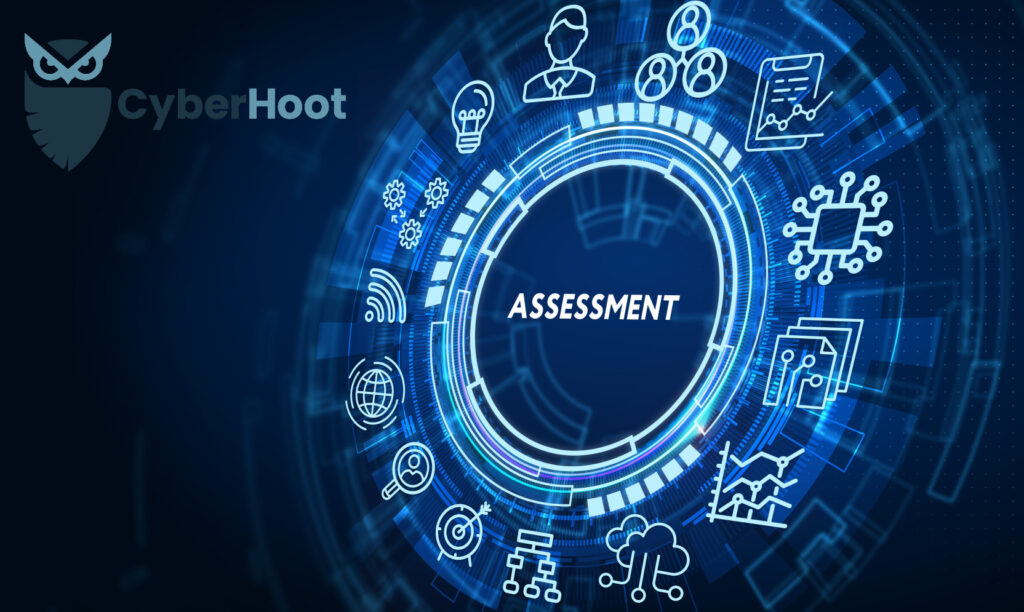
Let’s start with some good news: conducting a risk assessment is not like trying to solve a Rubik’s cube blindfolded or cooking a five-course dinner during a power outage. It’s a doable task, a bit like spring cleaning. You might not look forward to it, but once it’s done, you feel accomplished and prepared.
Performing a risk assessment might not be as sparkly as pitching a product to investors or developing a groundbreaking marketing campaign, but it’s every bit as important to your business’s success. So, why not roll up those metaphorical sleeves and dive in?
Have you ever wondered what it would be like to have a crystal ball that could tell you the challenges your business might face in the future? Well, a risk assessment is your next best thing. It’s a bit less magical, perhaps, but it’s definitely more reliable. It’s also the best way to learn where you need to spend your finite time and money remediating the risks your company faces.
Risk assessments allow us to predict and prepare for possible roadblocks, hiccups, or problems that might threaten our operations. We’re talking about mundane things here – not a zombie apocalypse or alien invasion. Think along the lines of supply chain disruptions, regulatory changes, or cybersecurity threats from hackers.
The beauty of a risk assessment is that it prepares you to weather the storm, making sure your business is not just a castle built on sand, but a fortress capable of standing strong against the tides.
If you’re still on the fence about the whole risk assessment business, here are some compelling reasons why you should embrace it with open arms:
Now that we have the risk assessment done, what’s next? Enter the risk management framework – your very own magic wand to deal with risks effectively. This process involves identifying, evaluating, remediating, and monitoring risks.
Here’s how to build your risk management framework, step by step:
See? Creating a risk assessment and risk management framework isn’t rocket science. It’s about being proactive and prepared, and it’s something every business owner can do.
In essence, a risk assessment is like a trusty life jacket for your business, providing protection and ensuring that you stay afloat, no matter how rough the seas get. If you forgot your life-jacket at home, call a vCISO to throw you the flotation device and help pull you back to safety.
So, let’s embrace risk assessments and management frameworks as our new best friends, and steer our business ships confidently into the future. You’ve got this, captain!
The good news is there are many cybersecurity professionals out there who can help you conduct a Risk Assessment. Their years of experience, tools of the trade, and ability to help find mitigating controls when it comes time to remediate can be invaluable to your company. CyberHoot has a variety of virtual Chief Information Security Officers (vCISO’s) who are trained in performing Risk Assessments to assist you in building out a robust, defense-in-depth, minimum-essential cybersecurity program at your company. To learn more about vCISOs from CyberHoot, email support@CyberHoot.com and ask for a Risk Assessment overview.
Source: https://CyberHoot.Com/cybrary/risk-assessment/
Additional Reading:
Discover and share the latest cybersecurity trends, tips and best practices – alongside new threats to watch out for.

Remember 2020? We scanned QR codes for everything. Restaurant menus. Parking meters. That awkward moment at a...
Read more
Phishing emails used to be easy to spot. Bad grammar. Weird links. Obvious scams. Those days are...
Read more
Cybercriminals always follow Internet eyeballs. Not literally, but figuratively. And today's eyeballs are...
Read moreGet sharper eyes on human risks, with the positive approach that beats traditional phish testing.
